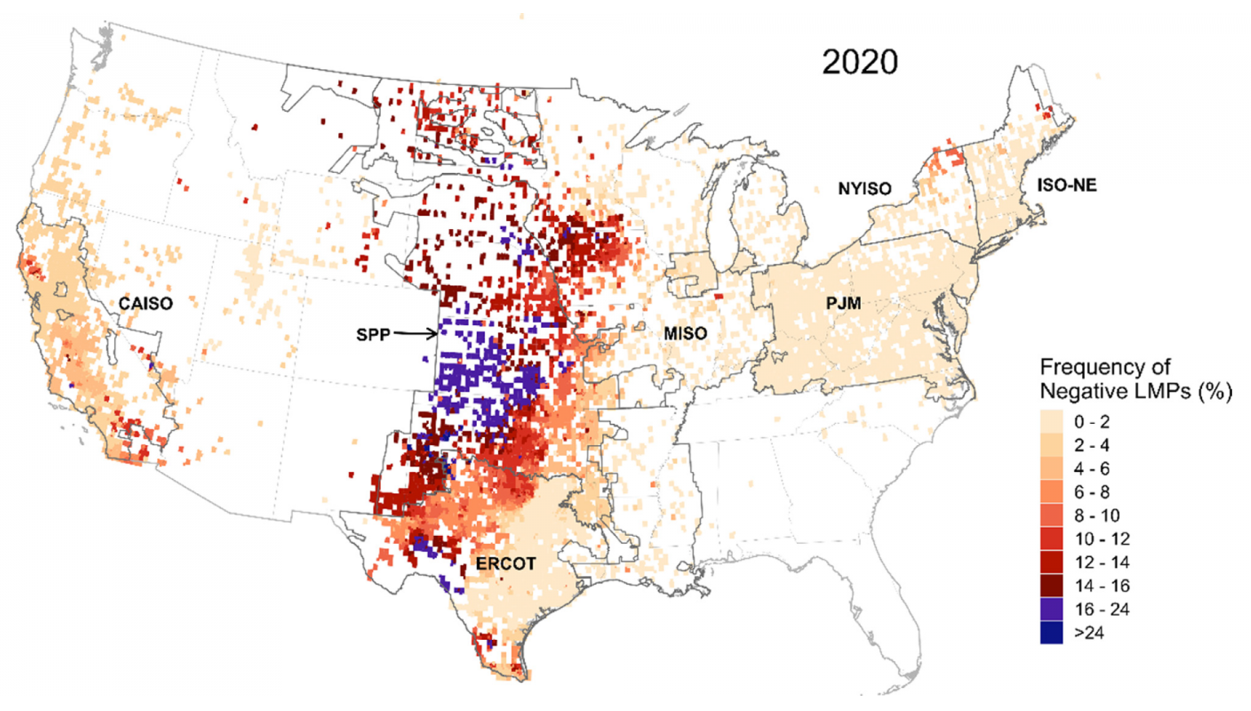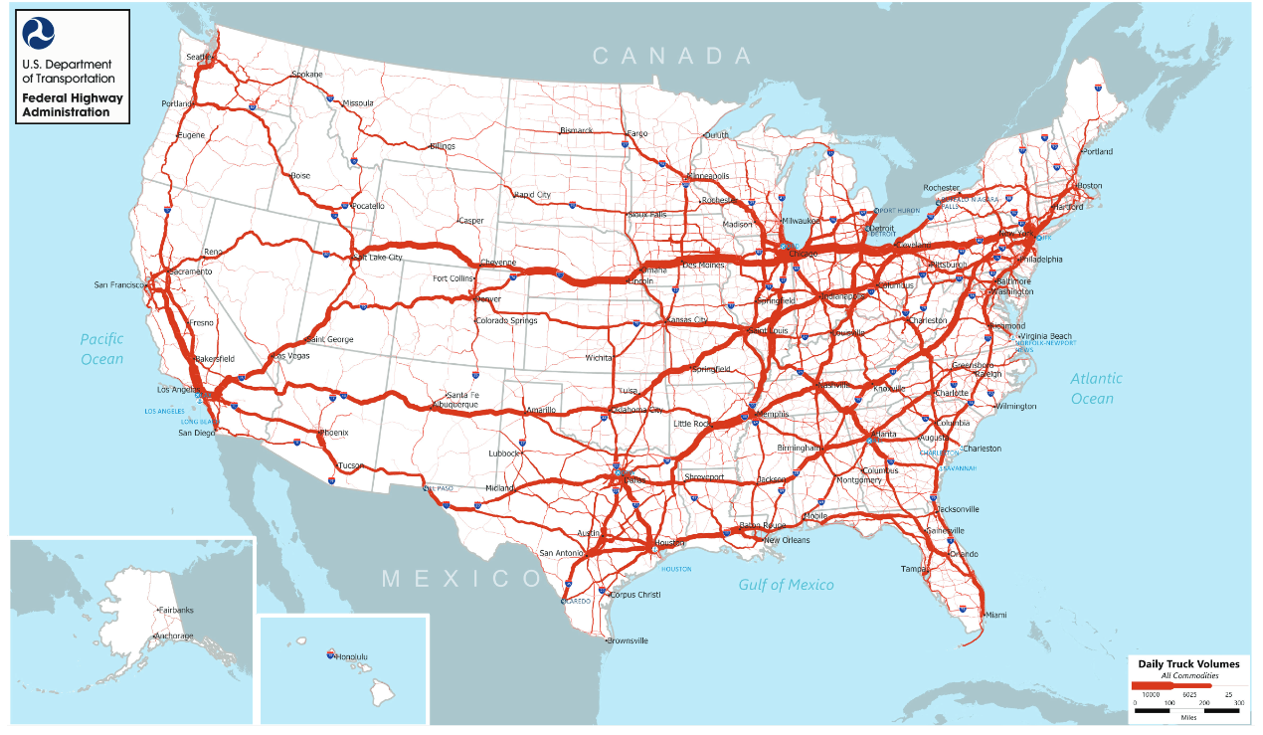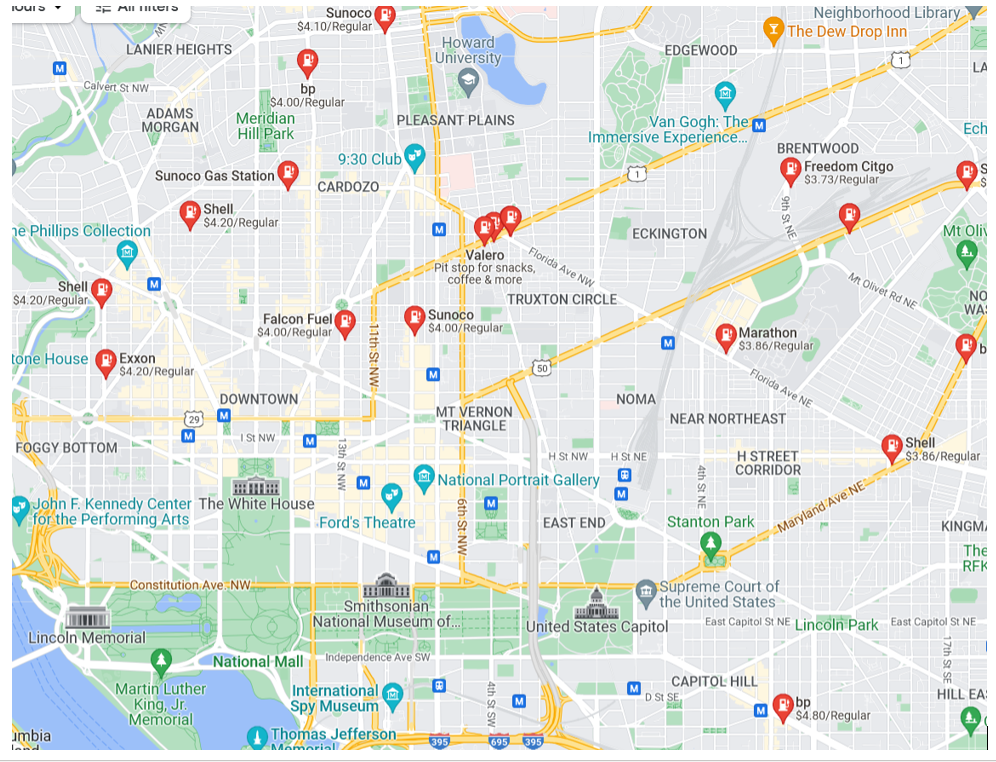Transmission and energy storage are centerpiece policies designed to address extreme weather and an evolving resource mix. Electric vehicles (EVs), which could represent up to 27% of global electricity demand by 2050, add an often overlooked option to cost-effectively enhance grid resilience and flexibility. If transmission transmits electricity across land, and batteries absorb and release it over time, EV batteries can do both.

Jennifer Chen
Leveraging Locational Flexibility of EV Charging for Grid Needs
Grid needs vary by both location and time, but end-use rate design has traditionally focused largely on time of use. However, mobile batteries that can charge anywhere could help relieve transmission constraints that produce high prices for customers and low prices for generators. EVs that are flexible as to where they charge could soak up electricity where it is plentiful and cheap. Exposing EV charging to wholesale locational marginal prices could help reduce renewable curtailment, ramping needs, and negative pricing (see Figure 1).
Figure 1. Frequency of Negative Locational Marginal Prices in 2020

Negative electricity prices result from transmission congestion and predominantly occur when demand is low and wind production is high.
Source: Plentiful electricity turns wholesale prices negative, Lawrence Berkeley National Laboratory
Major trucking routes crisscross the United States, with increased traffic in areas where transmission is more challenging to site (see Figure 2). EVs traveling along these corridors can charge where the prices are lowest to help relieve bottled up wind and solar, thus reducing renewable curtailments.
Figure 2: Estimated Average Daily Volumes for Trucks on National Highway System 2017

Major flows include freight moving by truck on highway segments with more than 25 Freight Analysis Framework trucks per day and between places typically more than fifty miles apart.
Customer Behavior, Which Is Critical to Reducing Energy Transition and Electrification Costs, Is Being Shaped Now
Engaging electricity customer demand is recognized as a cost-effective means of reacting to grid conditions. However, current electricity pricing structures with large fixed costs compared to variable costs reflecting grid stress have made customers largely indifferent to how they consume electricity.
In contrast, many customers are responsive to gas prices at the pump. Gas prices per gallon are prominently displayed at stations, and the total cost as tanks fill up is tallied in real time. Customers can see how gas prices change over time and whether a gas station farther away is less expensive. They may also choose lower-cost, membership-based gas stations, such as Costco, or fuel up before entering large metropolitan areas where prices are higher. Figure 3 shows an example of the variation in gas prices in a metro area.
Figure 3. Gas station locations and prices as displayed by Google Maps

Source: Google Maps (accessed August 25, 2022)
As the transport sector electrifies, this customer behavior could translate to price-responsive demand in EV fast charging. Dashboard apps could optimize routes and charging stops depending on customer preferences on cost or emissions savings as well as total travel time.
At present, EV fast charging rates are flat to encourage uptake and do not consider grid needs. At currently low penetrations, this has not yet created grid problems, but habits are hard to change once set. Instead of diluting smart charging incentives through rates to attract customers, EV uptake can be encouraged through other means, such as tax credits and rebates.
Siting Decisions Being Made Now Could Better Consider Grid Needs
Siting charging stations where customers can take advantage of lower power prices requires accounting for transmission constraints and regions where generation tends to exceed demand. If there is sufficient aggregated or co-located load as suggested in the following use cases, these charging stations could tap more directly into the transmission system and avoid distribution system impacts.
Use cases could include superhub EV stations offering charging pegged to locational marginal prices along major highways, at park-and-rides outside of metropolitan centers, and at depots where fleets of buses and trucks idle for significant periods. EV charging for delivery fleets could be co-located with their warehouses, transportation hubs and ports, and manufacturing facilities. Renewable plants could also co-locate chargers to sell or perhaps even give away excess energy when prices dip below zero. Where EVs are parked, charging could be programmed to occur when the prices are forecasted to be lowest over the dwell time period.
Siting considerations for new fast-charging stations and fleet depots currently do not include grid needs. Understandably, certain other factors will be primary, such as convenience, land use opportunities and constraints, existing depot locations, equity, and emergency evacuation routes. Planning without addressing grid needs will likely add to required grid upgrades and diminish the ability for EVs to serve as resources that could boost grid flexibility and resilience where needed. To optimally enable EVs to provide grid services and reduce the costs of integrating new supply and electrified demand, the planning of charging sites will need to consider transmission and distribution constraints and access to low-cost, emissions-free generation.
For more on this topic, please see this paper written as part of the ESIG task force on aligning retail rates with grid needs.
Jennifer Chen
Senior Manager, Clean Energy
World Resources Institute

Leave a Reply